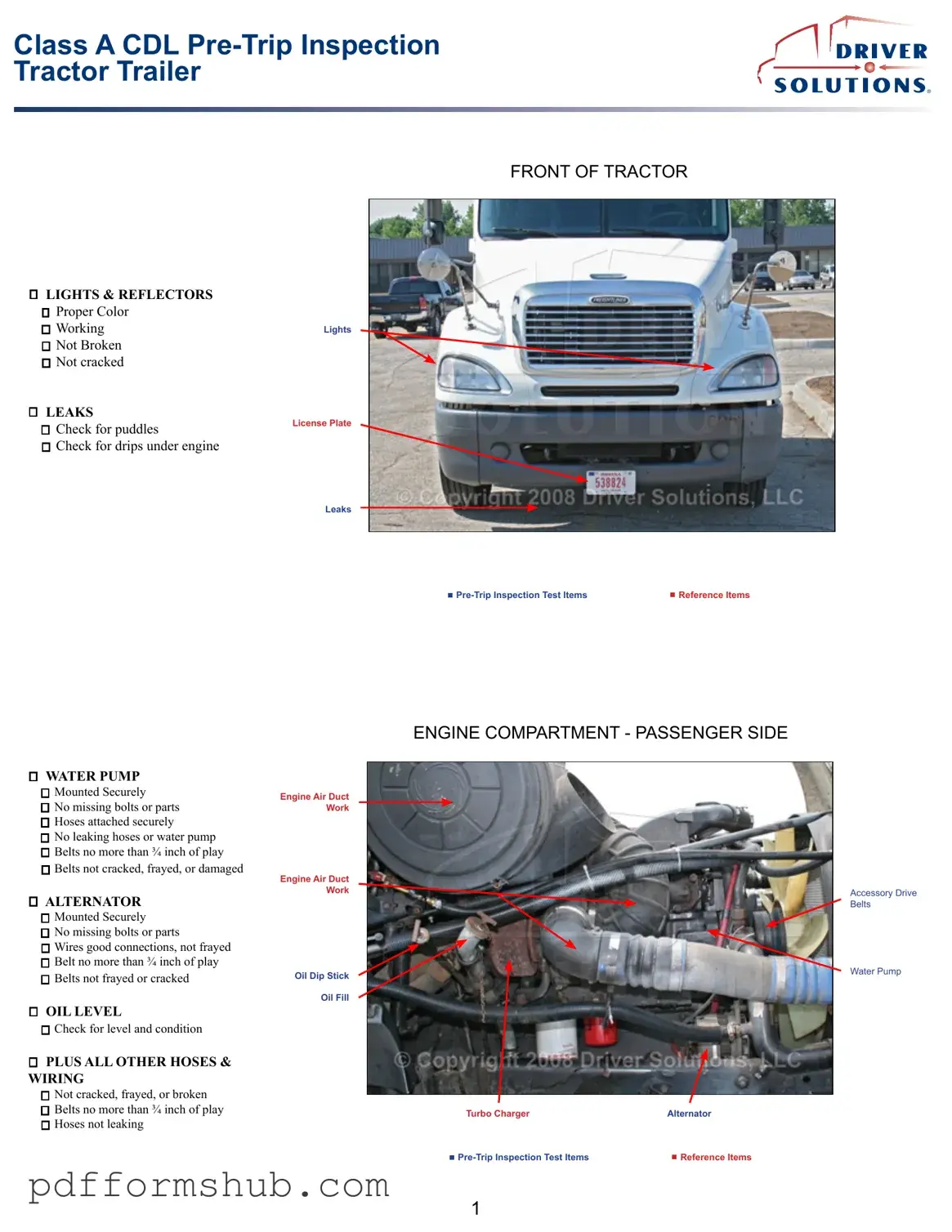Fill in Your Pre Trip Inspection Checklist Form
The Pre Trip Inspection Checklist form is a vital tool used by drivers to ensure their vehicles are safe and roadworthy before embarking on a journey. This checklist helps identify any potential issues that could lead to accidents or breakdowns, promoting safety for both the driver and others on the road. Make sure to complete this important form by clicking the button below.
Customize Form
